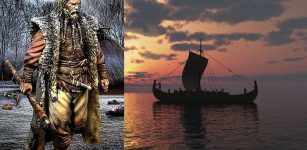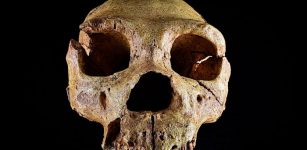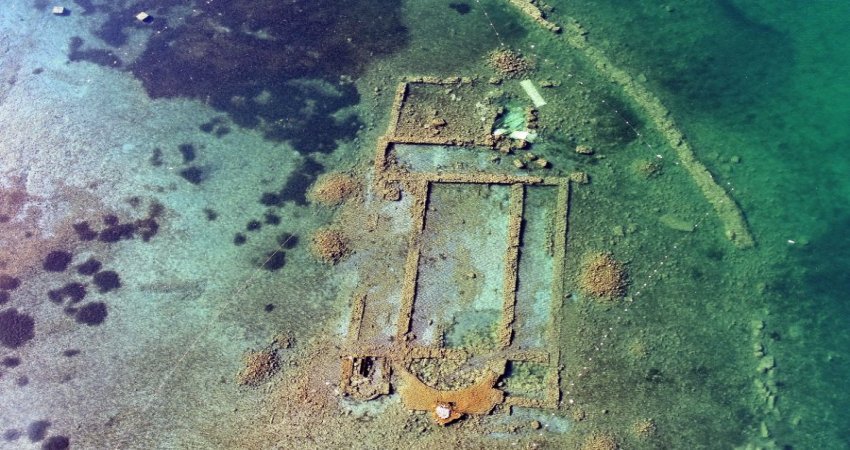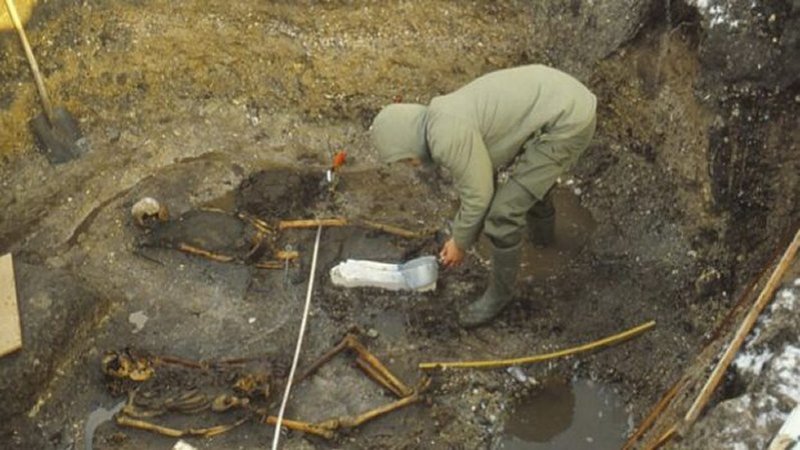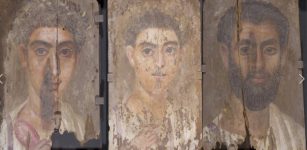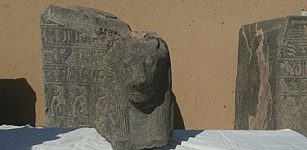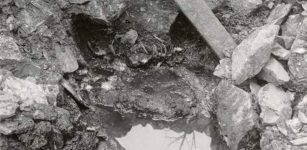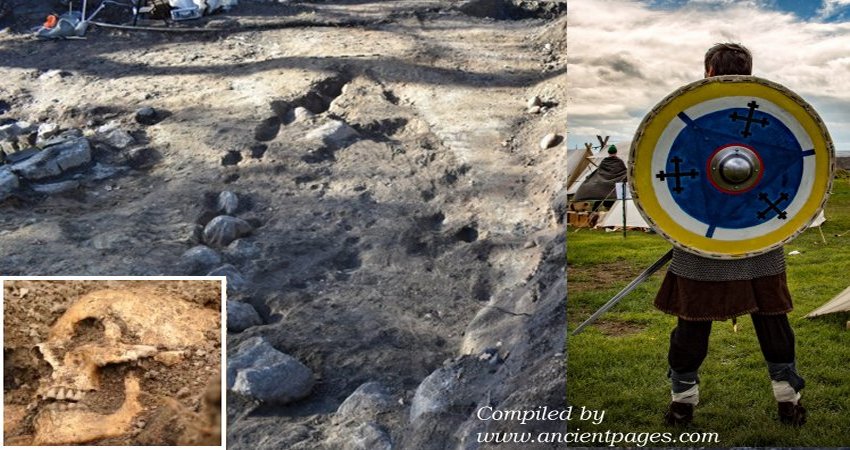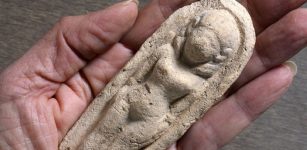Viking ‘Parliament’ Site Discovered On The Island Of Bute
MessageToEagle.com – By the end of the 9th century the Vikings came to Scotland to raid and settle. The legacy of the Vikings is still alive in Scotland where many people carry DNA of the Norse warriors.
On the Island of Bute, archaeologists have now identified a Viking “Parliament” site, a place that served as the headquarters of the powerful Norse King, Ketill Flatnose, whose descendants were the earliest settlers on Iceland.
Who Was Viking Chieftain Ketill Flatnose?
Ketill Flatnose ( 810-880) , son of Björn Buna Grimsson och Vélaug Vikingadatter is mentioned in such works as the Laxdæla saga, Eyrbyggja saga and Saga of Erik the Red. According to one of the sagas Viking Chieftain Ketill Flatnose was sent to Scotland by Hararld Finchair, the King of Norway. Flatnose’s expedition was launched to defeat Vikings in Orkney and Shetland who were carrying out raids in Norway.
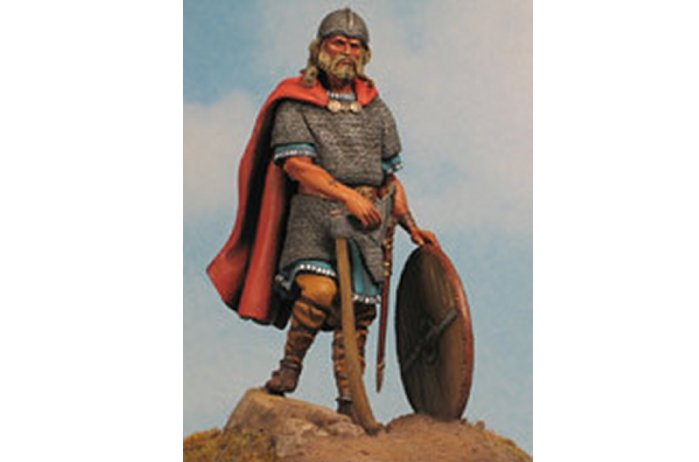
Flatnose took his wife and children and crossed the seas. He was a successful warrior who always won his battles. Ketill Flatnose took control of the Hebrides and made himself ruler there. Soon he established contact with other powerful rulers on that side of the sea and formed alliances with them.
In another saga, Ketill fled to the islands to escape the tyranny of the first King of Norway Harald Fairhair.
Mystery Of The Mound Site At Cnoc An Rath
The mound site at Cnoc An Rath has been listed as an important archaeological monument since the 1950s, but historians have not been able to determine whether the site was prehistoric or a medieval farm site.
The idea of the location being a Viking site was raised not long ago through a recent study of place-names on the island, which suggested long-lost names in the area may have contained the Norse word ‘thing’.
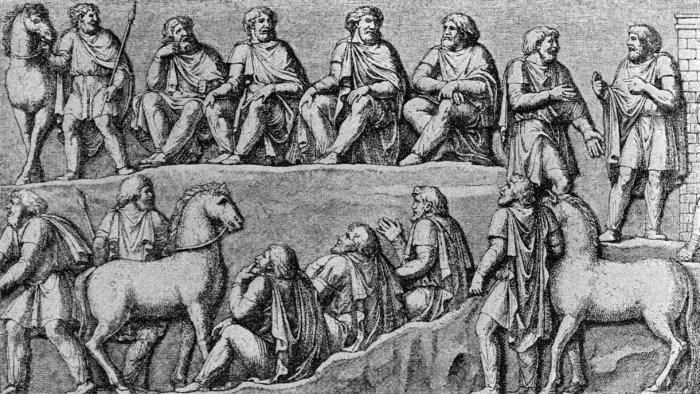
A series of excavations has now uncovered samples of a preserved surface which when analyzed through radio-carbon dating correspond to the time when Vikings were active around the Argyll coast. The results of the study were presented at the Scottish Place-Name Society Conference, held in Rothesay on the Isle of Bute.
According to archaeologist Paul Duffy, who runs Brandanii Archaeology and Heritage Consultancy, “the dates identified corresponded to the end of the period of the kingdom of Dalriada and the start of Viking settlement on Bute.
“The first date from the site is between the mid 7th Century and the mid 9th century,” he said. “That is the end of Dalriada and the time when the Vikings arrive at the end of the 8th Century – so it puts it firmly in the time we were looking at, although maybe a little bit early to be a ‘thing’ site.
“The second date we got back – was late 7th Century to late 9th century – which puts it quite firmly in the period when we are fairly sure Vikings are active round about the Argyll coast and Bute.”
He added: “What we have found is evidence of human activity on the site, which is suggested to be a ‘thing’ site, which dates to the same period we would expect ‘thing’ type activities or assembly activities to be happening on that site.”
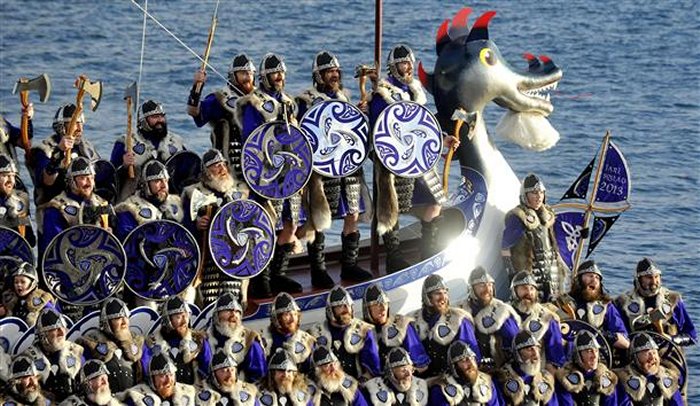
Duffy said Bute has been suggested as a possible location for the headquarters of the Gall-Gaidheil – translated as ‘Foreign Gaels’. These Norse-Gael people dominated much of the Irish Sea region, including western Scotland, for a part of the Middle Ages and are believed to have offered support to various high Kings of Ireland in battles.
The evidence for the Bute connection is found in the Irish religious text manuscript Martyrology of Tallaght, which dates to around 900AD, and refers to the bishop St Blane of Kingarth on Bute, as being in the territory of the Gall-Gaidheil.
Duffy said:“We have got a very unusual and definite historical evidence which puts Bute in the Gall-Gaidheil territory, and possibly quite an important place in the Gall-Gaidheil territory.
“What we have now is another brick in the evidential wall which suggests there is an assembly site on Bute.”
He also raised the possibility that the leader of the Gall-Gaidheil at that time, Ketill Flatnose, could be linked to the site.
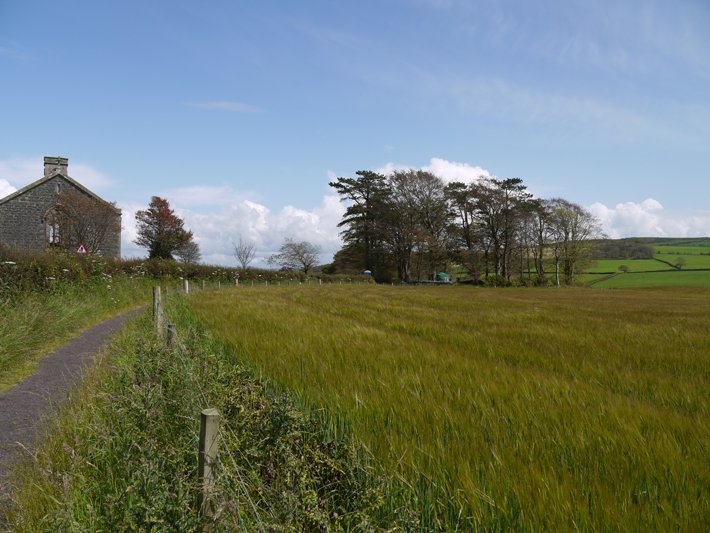
He added: “If you have got people coming in Viking times to the islands for laws to be dispensed and for justice to be handed out, then there is obviously someone that has got to be doing that dispensing of justice and making of laws – and that would be somebody who was quite powerful.
See also:
Spectacular Viking Treasures Unearthed On Church Land In Scotland
Viking Presence Related To The North East Of Scotland
Mystery Of The Beautiful Viking Uig Chessmen Found On The Isle Of Lewis, Scotland
History Of Jarlshof – Thousands Of Years Of History With Traces Of Picts, Vikings And Scots
“The most powerful person we have documentary evidence for through the Icelandic sagas at that time is Ketill Flatnose.”
Some historians have suggested Ketill may have taken control of the kingdom of Dalriada and its islands, which included parts of western Scotland. Icelandic tradition states that he died on the Scottish islands.
The descendants of Ketill were some of the earliest settlers on Iceland, including his second daughter Aud the Deep-Minded, who married the sea-king Olaf the White. After his death, one version of events is that Aud returned to the Hebrides with their son Thorstein the Red, who later launched an unsuccessful attempt to conquer Scotland.
There are also other sources that state, Olaf the White himself was a descendant of the legendary Viking ruler Ragnar Lodbrok – or Lothbrok – who was said to be the father of renowned figures such as Ivar the Boneless, the leader of the Great Heathen Army which conquered England, and Sigurd Snake-in-the-Eye.
MessageToEagle.com

